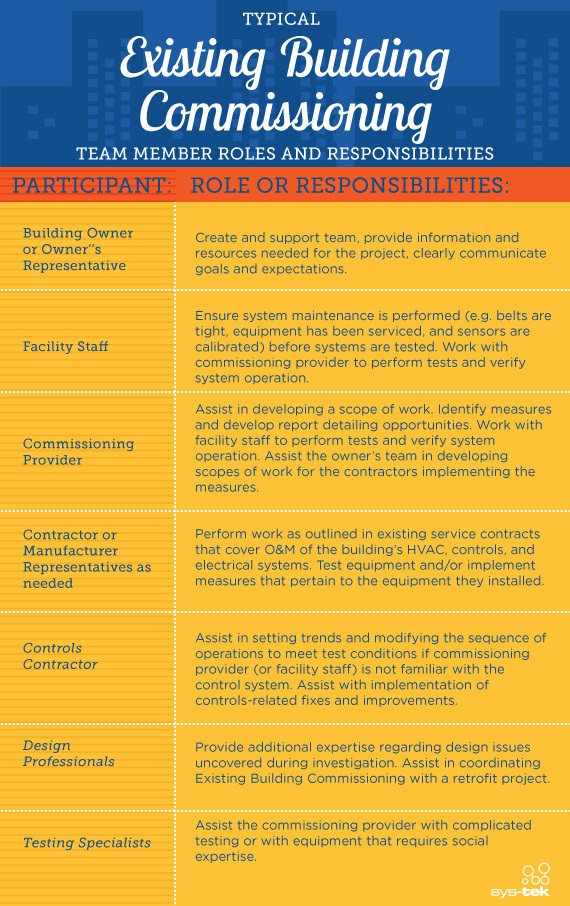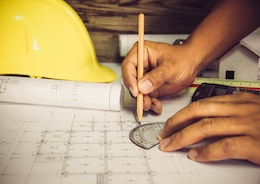What Is Retro-Commissioning And Why Is It Important?
Jun 20, 2013
Retro-commissioning is the process of adjusting, tracking and fixing mechanical, electrical and control systems in a building in order to improve energy savings and reduce operating costs. According to the United States Department of Energy, heating, cooling and lighting needs account for more than 75% of energy consumption of most businesses. While managers of companies strive to cut unnecessary costs and reach saving targets, it can be a very challenging endeavour, especially when their company operates out of old buildings with archaic operating systems.
Why Should Businesses Consider Retro-Commissioning?
Retro-commissioning ensures the integrity of systems and equipment in commercial building to meet your energy saving goals and operating requirements. One of the great things about retro-commissioning is that it is feasible even for companies that are on a shoestring budget. Even without a hefty capital investment, energy saving can range anywhere from 5% to 20%.
Some of the most important benefits of implementing retro-commissioning are as follows:
- Cost savings: Operating cost can be considerably reduced through retro-commissioning. The savings may vary on a number of factors like location of the building, type, and scope of employing the process. A study conducted by Lawrence Berkeley National Laboratory found that businesses could save $0.11 to $0.72 per square foot by means of retro-commissioning.
- Fine-tuning: Retro-commissioning is a monitoring-based process. Software programs will monitor and analyze the efficiency of the systems in the building and generate reports. Based on these reports, your equipment is fine-tuned to further improve energy savings.
- Rejuvenation: Even if the equipment and systems present in the building are old or broken, they can be returned to a proper operational state. The lifetime of the equipment can also be further increased.
- Less grievances: Retro-commissioning improves the comfort level of the inhabitants of the space and ultimately reduces complaints from workers.
The Retro-Commissioning Process
Retro-commissioning usually involves 4 steps.
- Planning: In the planning phase, the project’s objectives are defined and operating requirements are documented. The building in question is also subjected to examination and scrutiny.
- Investigation: Diagnostic monitoring is performed and the current systems in place are subjected to functional tests. The findings are noted down and simple repairs are also performed. Finally, operational improvements that are to be implemented are prioritized.
- Implementation: According to the priorities, the improvements are implemented and results are verified.
- Handover: The final report is produced and further persistence strategies are developed for sustainability.
If your office is located in Kansas City, where most of the commercial buildings and skyscrapers were constructed during the ‘Pendergast era’ between 1925 – 1940, it is highly recommended that you considering implementing a retro-commissioning process. Renovating these buildings to accommodate the latest energy-saving electrical equipment could be difficult, if not impossible. By employing retro-commissioning, the equipment in your building can be analyzed, repaired and made more efficient, and thus save you considerable operating costs.








